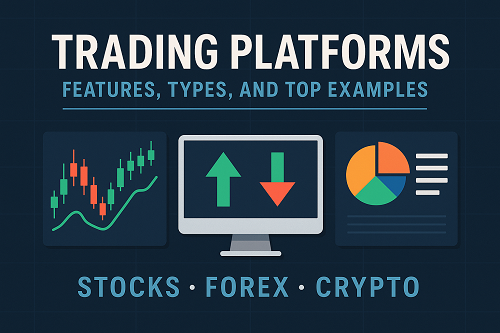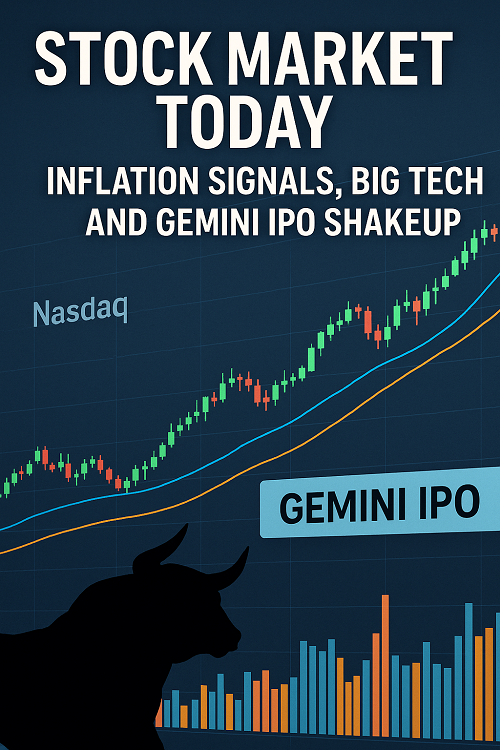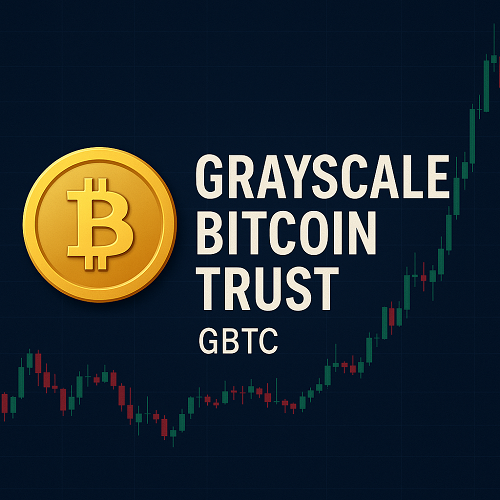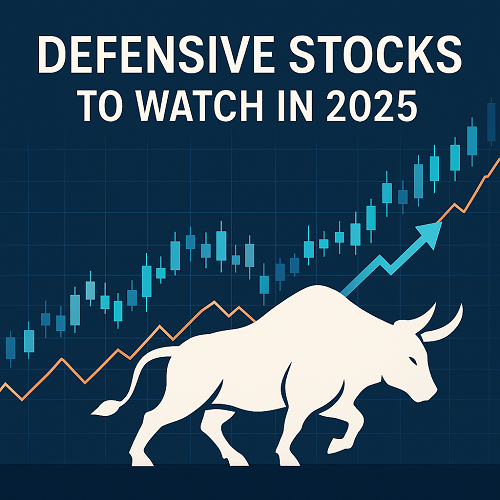What is a Trading Platform?
A trading platform is software—hosted by a broker or as a standalone service—that enables you to access financial markets, monitor your positions, execute trades, and manage your account(s). It’s your gateway to markets.
More precisely: It offers an interface (desktop, web, mobile) through which you:
- View live market data (stocks, FX, crypto, futures, etc)
- Analyse charts and technical indicators
- Place orders (market, limit, stop, OCO, complex orders)
- Monitor open positions, margin, P&L
- Potentially automate or script trades
In short: the trading platform is your trading workstation.
Choosing the right one can mean the difference between seamless, efficient trading vs. latency, lack of features or poor usability.
Why Platform Choice Matters
Execution Speed & Reliability
In fast-moving markets (especially forex and crypto), execution speed and system reliability are paramount. Slippage, outages, latency — all hurt performance and risk management.
Cross-Asset & Multi-Market Access
Traders increasingly operate across stocks, FX, crypto and derivatives. A platform that supports multiple asset classes (and bridges them effectively) offers strategic flexibility and efficiency. If you switch between a stocks platform and a separate crypto exchange platform, you may lose out on integrated risk management or unified reporting.
Advanced Analytics & Automation
Day traders, algorithmic traders and active crypto traders require more than simple buy/sell. They need:
- Full charting suites (multi-timeframe, custom indicators)
- Strategy back-testing & optimization
- API access for algorithmic trading
- Automation tools or built-in scripting
Risk Control & Account Management
Platforms differ in how they enable risk controls: margin monitoring, alerts, stop-loss/take-profit automation, integrated news or data feeds. A weak platform can expose you to outsized risk or missed opportunities.
Cost, Fees & Broker Alignment
Platform fees (subscription, data feeds), hidden costs (inactivity, data delays) and the broker’s business model (order-flow, spread widening) all affect net profitability. Choosing a platform that aligns with your trading style—and whose broker has integrity—is essential.
Types of Trading Platforms
Platforms can broadly be categorized by several axes: asset class focus, institutional vs retail, proprietary vs commercial.
Retail vs Institutional
- Retail platforms are designed for individual traders/investors: intuitive UI, mobile apps, “one-click” orders, built-in education.
- Institutional platforms cater to funds, banks, high-frequency trading firms: heavy infrastructure, low latency, direct market access (DMA), customisable architecture.
Commercial vs Proprietary
- Commercial platforms are third-party software solutions offered by brokers or vendors (e.g., some charting/automation suites).
- Proprietary platforms are custom-built for a specific firm’s internal use and often not available publicly.
Asset Specialisation
Some platforms specialise (or are stronger) in:
- Stocks and ETFs
- Options & futures
- Forex / FX/CFD trading
- Crypto exchanges and derivatives
- Multi-asset hybrid platforms
Web, Desktop & Mobile Interfaces
Modern traders expect consistent experience across desktop, web and mobile. The architecture (cloud vs local, API support) matters for flexibility and reliability.
Key Features & What to Look For
Here’s a detailed checklist. Your needs may vary depending on whether you trade stocks, FX or crypto, but the core remains consistent:
| Feature | Why it matters | Additional notes |
|---|---|---|
| Real-time data & quotes | Delay or stale data can mislead entries/exits | Ensure the data feed covers your markets (e.g., crypto real-time) |
| Charting tools & technical indicators | Enables analysis and strategy execution | Look for custom indicators, multi-chart layouts, drawing tools |
| Order types & execution flexibility | For strategy variety and risk control | Ensure good support for stop-loss, OCO, trailing stops, algorithmic orders |
| Automation / scripting / API | Crucial for systematic or algorithmic traders | Check language, library support, execution latency |
| Multi-asset support & cross-margin | Lets you diversify across asset classes from one platform | Especially useful for traders mixing stocks + crypto + FX |
| Broker integration & order routing | Platform is only as good as the broker behind it | Choose a trustworthy broker with good reputation and execution quality |
| Fees & cost transparency | High hidden costs erode returns | Look for data-feed fees, spread/commission, inactivity charges |
| User interface & experience | Efficiency and comfort matter under pressure | Consider desktop vs web vs mobile, activation speed, ease of navigation |
| Risk management tools | Protects capital and supports discipline | Margin alerts, exposure dashboards, integrated news, volatility warnings |
| Security & compliance | Especially in crypto markets | Consider broker licensing, custody, insurance, regulatory jurisdiction |
Specialised features for asset-classes
- Forex/FX‐Traders: Level 2 quotes, depth of market (DOM), currency pairs, hedging support.
- Crypto Traders: Integration with major exchanges, derivatives (futures/perpetuals), wallet/custody, cold-storage/back-up support.
- Options/Futures Traders: Strategy builders, greeks analytics, complex order types, futures chain support.
How to Choose the Right Platform – A Strategic Framework
Define Your Trading Style & Asset Mix
Start by clearly defining what you trade (stocks vs FX vs crypto), how often you trade (day-trade, swing, position) and what tools you need (automation, multi-asset). This directs platform evaluation.
Evaluate the Features Against Your Needs
Use the checklist above to compare platforms. For example:
- If you day-trade forex: ensure Level 2 data, ultra-low latency, good order types.
- If you trade crypto: ensure direct exchange integration, high security, multi-wallet support.
- If you hold stocks long-term: you might prioritise cost, ease of use, access to research.
Consider Cost Structure & Broker Alignment
Even the best platform is undermined if your broker is weak: poor execution, high spread, hidden fees.
Check: commissions, spreads (stocks/FX/crypto), data-feed costs, inactivity fees, minimums, margin rates.
Check Broker Reputation & Regulatory Environment
For platforms in stocks/FX: ensure the broker is regulated in a reputable jurisdiction (e.g., US, UK, EU, Canada).
For crypto: check exchange custody model, insurance for assets, security audits, regulation (if any).
User reviews and real-world execution quality matter.
Test via Demo or Trial
Many platforms offer demo accounts or trial periods. Use these to test charting, order flow, speed, interface, how the platform handles high volatility (common in crypto & FX).
Check how quickly orders execute, the transparency of fills, how cancellations or modifications handle.
Also test cross-device synchronisation (desktop <=> mobile) if you trade on the go.
Future-Proofing & Scalability
Your needs may evolve: more assets, algorithmic trading, international markets. Ensure the platform can scale with you. For example: can you upgrade to pro version, add more markets, integrate with external tools?
Evaluate how frequently the provider releases updates, how active the community is, and how strong their support is.
Top Platforms for 2025: Deep Dive
Below are strong contenders across asset types. Specific rankings may vary by region and broker access; always check local availability and regulation.
Stocks & Multi-Asset
Interactive Brokers (IBKR) – One of the most feature-rich platforms for serious traders: global market access, advanced order types, margin/leverage support, API for automation.
TD Ameritrade / Thinkorswim – Great for both beginner and advanced stock/option traders; strong educational resources, advanced charting.
TradeStation – Ideal for algorithmic traders who script strategies using EasyLanguage, high-end analytics.
Robinhood – While simpler, it appeals to mobile-first retail traders; commission-free trading, good for less-active or beginning traders.
Forex / CFD
MetaTrader 5 (MT5) – One of the most widely-used FX/CFD platforms globally: supports multiple brokers, scripting via MQL5, automation, broad community.
cTrader – Another strong platform for FX/CFD traders, known for sleek UI, DOM, Level II data, algorithmic trading support.
**IG / others – Many major brokers now integrate full FX desks and advanced platforms for multi-asset trading.
Crypto & Derivatives
Binance – One of the largest crypto exchanges, offering spot trading, futures/perpetuals, and an advanced UI with charting and mobile/desktop.
**Coinbase Pro / (Coinbase Advanced) – Strong for beginners and intermediate crypto traders: regulated in the US, user-friendly interface, decent charting.
**BitMEX / other specialized derivatives platforms – For advanced crypto derivatives trading; high leverage, complex order types, niche risk.
Key Comparative Snapshot
| Platform | Best for | Strengths | Potential Weaknesses |
|---|---|---|---|
| Interactive Brokers | Global multi-asset, pro traders | Low cost, advanced tools, global access | Interface complexity; may be overkill for beginners |
| TD Ameritrade/Thinkorswim | Stocks/options retail & active traders | Strong research, educational support, advanced charting | Slightly higher cost vs ultra-cheap brokers |
| MetaTrader 5 | Forex/CFD traders | Scripting/automation friendly, strong broker network | UI is dated; less strong for crypto or multi-asset diversification |
| Binance | Crypto spot + derivatives | Huge asset selection, liquidity, advanced UI | Regulatory issues in some jurisdictions; high leverage risk |
| Robinhood | Beginners/mobile-first | Simple UI, commission-free | Limited advanced tools; controversies over order routing |
Platform Selection by Trader Type: Stocks vs Forex vs Crypto
Stock/Swing/Position Trader
If you trade stocks (or ETFs) with a swing or position style:
- Prioritize cost (commissions, data fees) and ease-of-use.
- You’ll likely need: good charting, one-click orders, research/analysis tools, good mobile app.
- You may not need ultra-low latency, but reliability and global access matter if you trade international equities.
Day Trader / Active Trader (Stocks & Options)
Here you need:
- Advanced charting + scanning, Level II market data, fast order execution, complex order types, margin/leverage if used.
- Strong automation/support for macros or scripting may matter.
Forex / FX Trader
Focus on:
- Depth of market (DOM) / Level II data, fast order execution, tight spreads, access to major and exotic currency pairs, robust risk controls.
- If algorithmic: API access, back-testing, custom indicators; mobile reliability if you trade on the go.
Crypto Trader / Crypto Derivatives
Here unique requirements:
- Exchange reliability (site stability; crypto markets run 24/7)
- Access to futures/perpetuals (if you trade derivatives), high leverage management
- Multi-wallet/custody options, strong security, transparent fees
- Charting, but also access to on-chain analytics (whale movements, blockchain data) may be beneficial
Multi-Asset / Hybrid Trader
If you trade multiple asset classes (stocks + FX + crypto), you’ll want a platform (or combination) that:
- Supports all asset types (or integrates well)
- Provides unified risk dashboard, easy cross-asset order management
- Offers API or automation that works across asset classes
Trends & Future of Trading Platforms in 2025 and Beyond
AI & Machine Learning Integration
Platforms increasingly embed AI for: predictive analytics, pattern detection, auto-generated trading signals, risk-analytics-alerts. You’ll see more “smart dashboards” that highlight potential trade setups.
Unified Multi-Asset Portals
Instead of separate stock platform & crypto exchange, expect more unified portals: stocks, ETFs, FX, crypto, futures all in one account (for regions where regulation allows). This means smoother portfolio management and cross-asset strategies.
8.3 Mobile First & Cloud Native
Platforms are becoming more mobile-centric and cloud-based, enabling seamless switching between devices, syncing of settings, faster updates and lower local hardware demands.
Decentralised Trading Interfaces / Web3 Integration
Particularly for crypto: trading platforms (or decentralised front-ends) may integrate with DeFi, allow trading directly from non-custodial wallets, maybe even use blockchain-settled order books or liquidity pools. Security models are shifting.
More Transparency & Regulation
With the growth of crypto and global access, platforms will face greater regulatory scrutiny (KYC/AML, licensing, asset custody). Traders should demand transparency of fees, order-routing, custody risks, data breaches.
Automation and Retail Algorithmic Trading
As retail traders gain access to scripting and algorithmic frameworks (once only institutional), expect platform differentiation based on how easy/difficult such features are. Platforms that enable “strategy marketplace”, social trading, copy-trading networks may excel.
Common Pitfalls and How to Avoid Them
- Hidden Fees & Data Costs: Some platforms advertise low/no commissions but charge data feeds, inactivity fees, higher spreads. Always read the fine print.
- Poor Execution Quality: Even with “nice UI”, if orders execute poorly (high slippage, lag) your strategy suffers—especially day traders.
- Over-complexity for Your Needs: A professional-grade platform may be overwhelming if you only do swing trades. You might pay for features you don’t use.
- Security & Custody Risk (Especially Crypto): In crypto trading platforms, custodial risk, exchange hacks, regulatory uncertainty all matter.
- Inadequate Support & Updates: Platforms that are slow to update, don’t have good customer support or community may leave you stranded when market structure shifts.
- Using Disconnected Tools: If your stock platform, FX platform and crypto exchange are disconnected, you may face accounting, tax, risk-management fragmentation.
Checklist: Before You Commit
Before you deposit funds and go live, run through this checklist:
✅ Does the platform support the asset classes you trade (stocks/FX/crypto)?
✅ What are the total costs (commissions, spreads, data feeds, monthly fees)?
✅ How is the broker’s execution quality (historical reviews, sample fills)?
✅ Does it have the order types, automation/API you need?
✅ Are the charting/analysis tools sufficient for your strategy?
✅ Is the interface stable, fast, available on desktop/web/mobile?
✅ How is the security, regulatory status, custodian (especially crypto)?
✅ Can you test it via demo? Have you tried your core workflow (entry→analysis→order→exit)?
✅ Does the platform provider have a solid roadmap (updates, community, support)?
✅ If you expand your trading (multi-asset, automation), can the platform scale?
Final Thoughts
Your platform isn’t just a tool—it’s a strategic asset. The right trading platform can amplify your edge; the wrong one can erode it. Whether you trade stocks, forex or crypto (or multiple), take the time to match your platform to your style, test it thoroughly, and stay aware of evolving features and regulations.
In 2025, with markets more interconnected and technology advancing rapidly, the smart trader treats platform selection as foundational—not an afterthought.
Choose wisely, test thoroughly, trade confidently.





 XAUT-USD
XAUT-USD  AMD
AMD  MARA
MARA  SHOP
SHOP  BULL
BULL  CL=F
CL=F